Overclocking and Temperatures
Throughout every review, I try to keep the ambient temperature as close to 21°c, or 70°f, as possible. However, with a run of cold weather, the ambient temperature in the room was closer to 18°c, or 65 °f. Idle temperature was recorded 30 minutes after the PC initially booted. To record load temperatures, I ran the AIDA64 CPU Stability Test for about five minutes. And then recorded the stock load temperature. At its stock speed of 3.7 GHz, the 8700k idled at 29°c. After 5 minutes on the stability test, the chip maxed out at 42°c. This is a delta T of 13°c between idle and load.
The 8700k used in this review is a retail sample chip. After some tweaking, I got it stable max overclock 4.8 GHz at about 1.3 volts. I set the overclock and again, allowed the system to idle for 30 minutes. With the processor running at 4.8 GHz, I recorded an idle temperature of 33°c. I then ran the AIDA64 Stability test again. After 5 minutes on the AIDA Stability test, the 8700k hit a max temp of 61°c, a delta T of 28°c.
The AORUS Thermal Guard, not only looks good, with the same design as the heat sinks and shroud, but it serves a purpose as well. The Thermal Guard is aluminum heat sink equipped with a thermal pad that helps dissipate heat from the M.2 in the top slot. In most cases, this will be your boot drive. I was pleasantly surprised with the results. With the Thermal guard off, my Samsung 850 EVO idled at 39°c. This temperature was recorded 30 minutes after the PC was first booted. After running both the ATTO Disk Benchmark and CrystalDiskMark 5, a couple times each, the SSD maxed out at 50°c. However, with the Thermal Guard on, the same drive, under the same conditions idled at 34°c and maxed out at 45°c. On both idle and under load, a 5°c difference with and without the Thermal Guard.



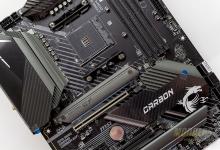
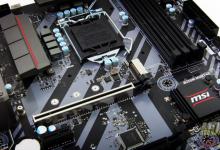

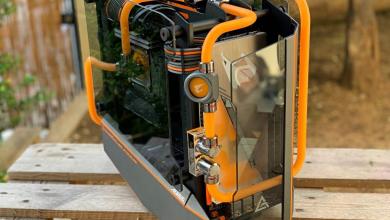
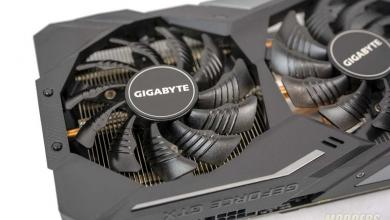
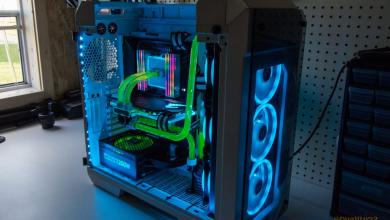
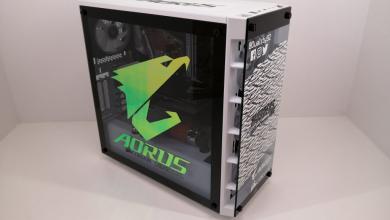
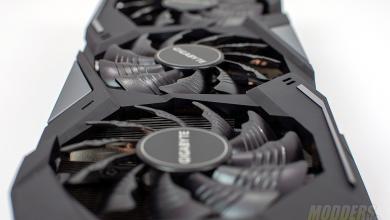

Good review Paul.
Nice looking board.